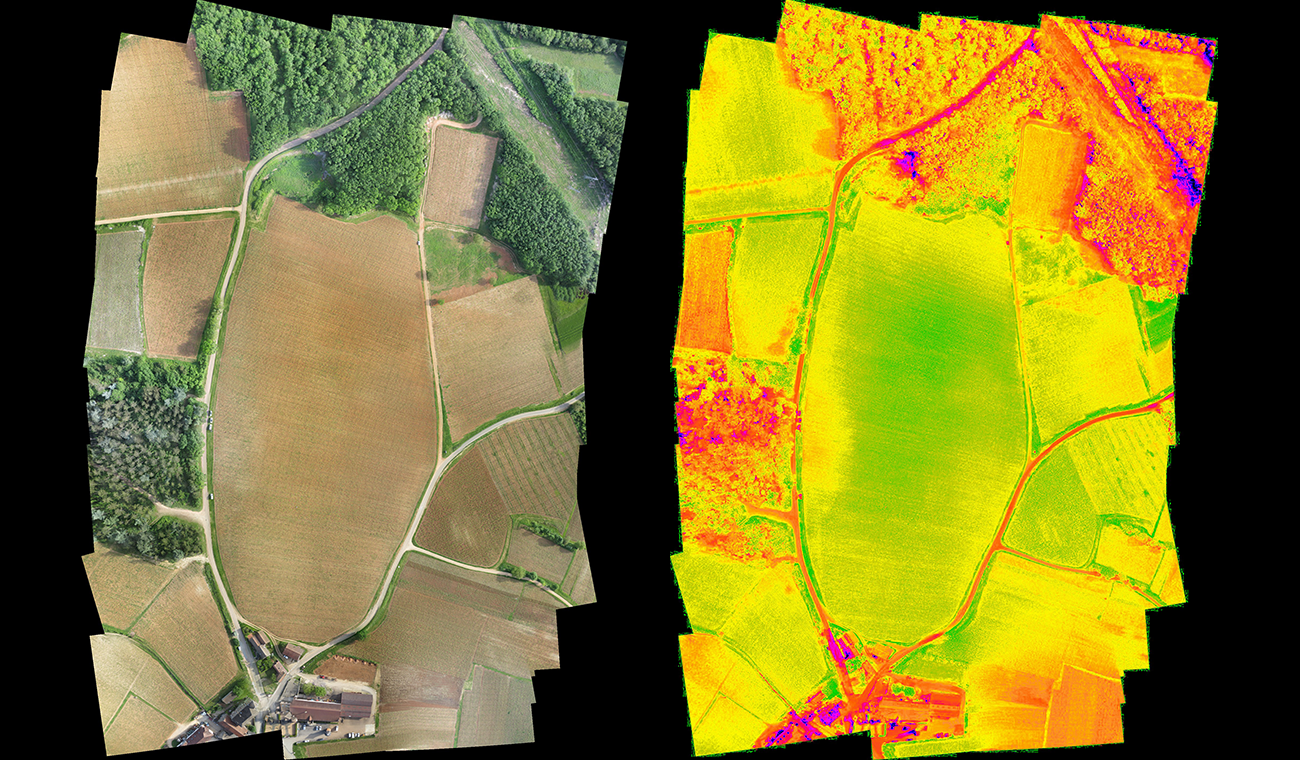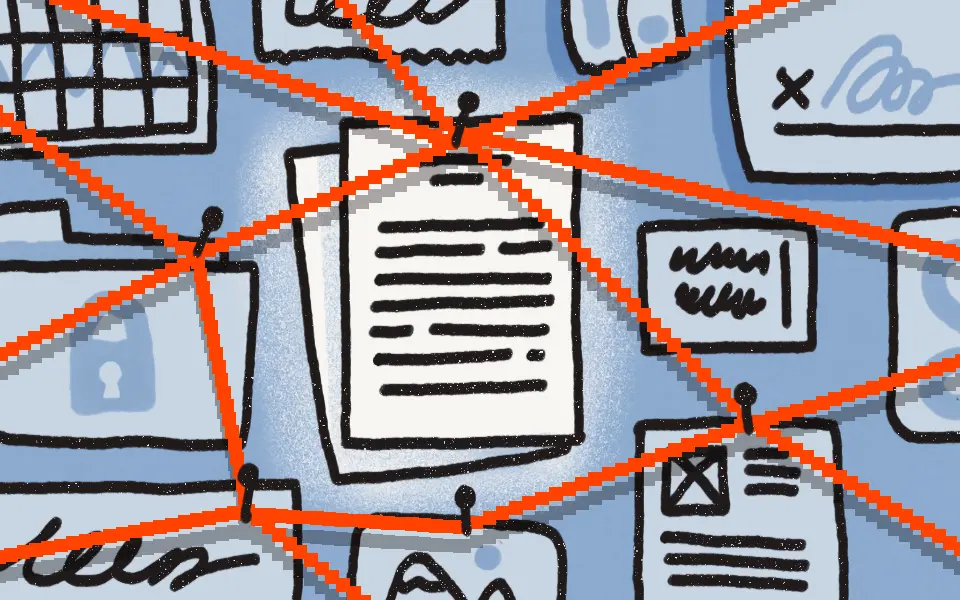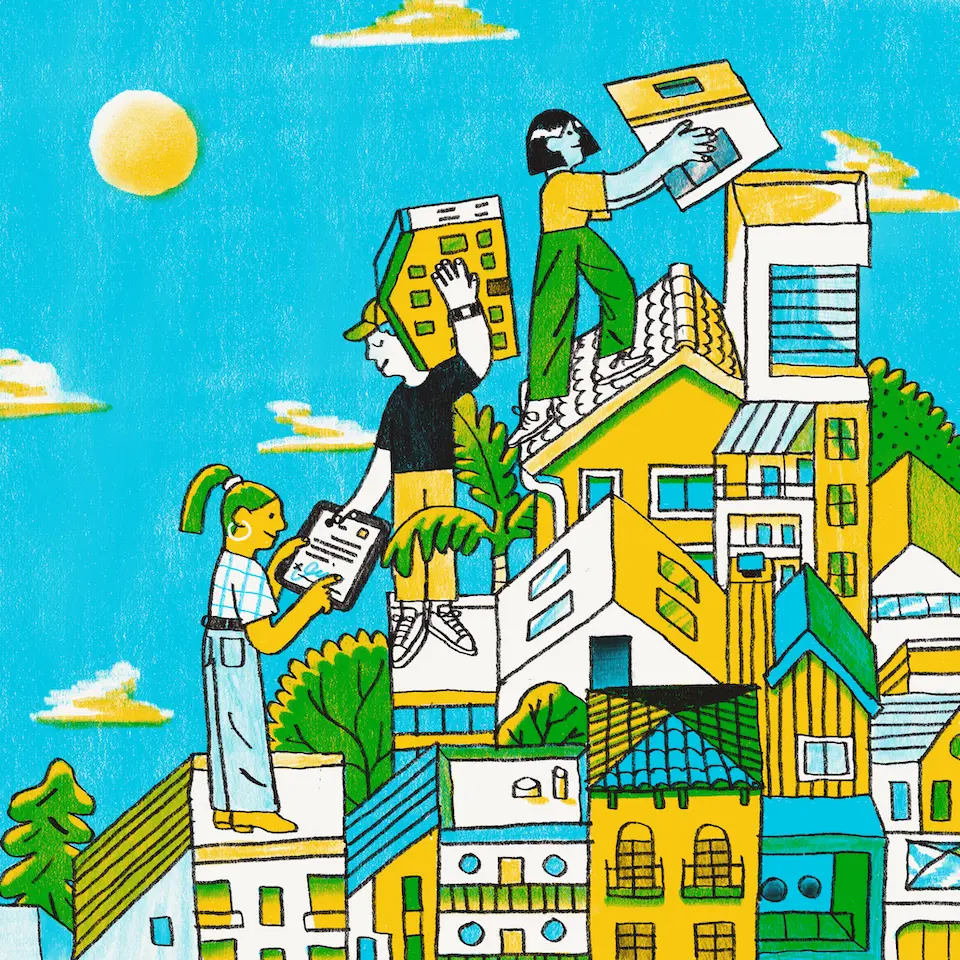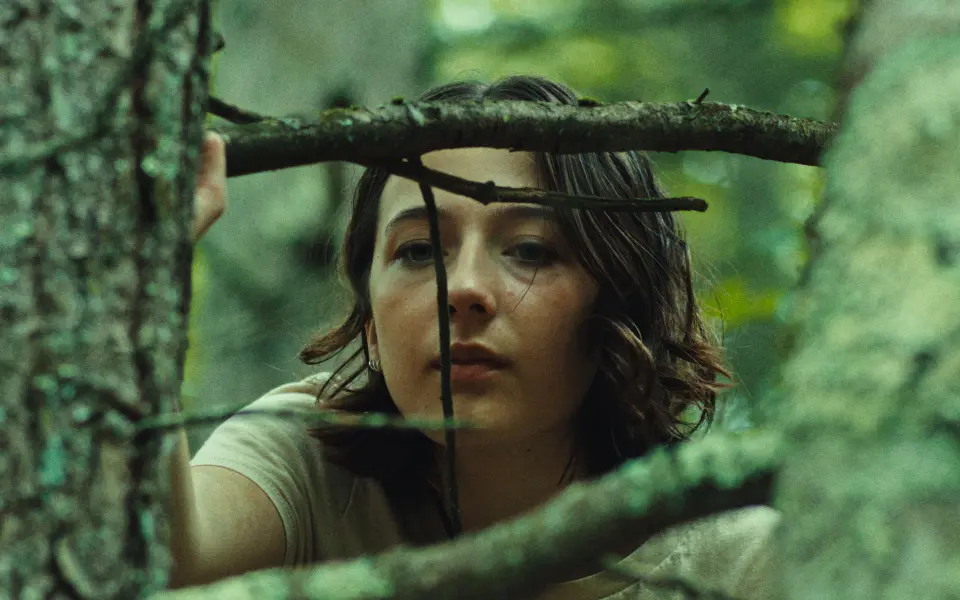
How one Dropbox Pro user is revolutionizing vineyards through data
Published on May 20, 2015
If someone asked you what you thought drones would be used for in the future — yes, drones, the little flying machines — you might think of something like police work, or high-tech delivery services.
But according to David Baeza, there’s a huge opportunity for drones to help protect honey bees, save water, and improve crop yields around the world. This is because — according to David's estimation — 80 percent of the world's drones will be put to work in the agriculture industry by the year 2020.
David is the co-founder of a company out of the Santa Ynez Valley in California called Vine-Rangers, which provides a "drones-as-a-service" product to help wine grape farmers maintain their vineyards more efficiently. Together with his partner, Dr. Ashu Natraj, they utilize ground and aerial drones that can monitor thousands of acres of grape-vines, detecting things like ripeness, disease, and temperature in the vineyards. This information helps farmers pinpoint issues, and react accordingly to protect and improve the quality of the grapes.
“Before, farmers had to walk the rows in order to see what was wrong. Now, when they go into the vineyard, they already know what’s wrong."
Over time, technology like this could have implications that reach far beyond winemaking. For example, Ashu is working on a new ground drone that will detect vine-attacking diseases, and spray pesticides directly on the affected areas. This targeted approach could help farmers around the world avoid widespread cropdusting, which would reduce the use of pesticides that are harmful for humans — and also believed to be the cause of honey bee disappearance due to colony collapse disorder.
Using drones for data
The magic of Vine-Rangers' technology lies in near-infrared imaging. Each drone is outfitted with a near-infrared camera, and it collects between four and nine gigabytes of data for every 250 acres it covers. After each drone comes back home, David extracts the raw images from its data card and uploads it to a shared Dropbox folder.
Ashu, who works out of Oxford University, downloads the data, and processes it — which is how he searches the data for information on the vines, such as ripeness of fruit. "It's like an MRI," David explains. "To turn it into usable information, it has to be developed."
Once Ashu is done processing the data, he re-uploads it to Dropbox where David pulls it back down, and delivers it to Vine-Ranger's clients via their iOS app called VinePilot. The files are huge, so David and Ashu rely on Dropbox to pass all this information back and forth.
"We wouldn't be able to do this without Dropbox. These files are simply way too big to move around any other way."
Near-infrared cameras have been around since the sixties, but farmers have had limited access. Until now, it's only been available for vineyard monitoring in the form of a single-engine airplane that flies over the crop once a year — and costs $10,000. What David and Ashu are providing instead is data that can be leveraged on a day-to-day basis.

Right now it’s spring, so Vine-Rangers' clients are seeing new growth emerge — it's the first season being impacted by the research that was done in 2014. "This will be the first full growing season where we’re applying all the learnings, and we can now see its actual impact on water consumption, pesticide usage, and quality."
Because their technology is so exciting, David gets a lot of requests to see the infrared images of the vineyards. "We pass them around a lot; venture capitalists, advisors, and potential customers all want to see them." To share the images, they use Dropbox links. "These aren't 'zippable' files," he says. Plus, David is able to specify different sharing options depending on who he’s sending them to: ”For VCs, we send a link to a folder. But if it's proprietary, we use the link to a folder with a password. Internally, everyone is on the VineRangers shared folder."
Taking the research even further
As David continues to help California farmers control disease, water, and yield in their vineyards, he hopes the technology will have far-reaching influence. Although he's mostly focused on vineyards at the moment, the data collected by drones — such as how disease spreads from field to field, how water is distributed in the ground, and how microclimates impact the harvest — could be universally applicable in the agriculture industry. "It's much like like the 'quantified self,' movement in healthcare, except in this case it's quantified farming," David explains.
If you take data from one vineyard, and try to apply it to another vineyard right next door, the data would be useless. Even though it's the same kind of crop, the vineyards are just too different. He equates it to sharing your FitBit stats with your friends: both of you track calories and steps, but your friend’s data is of no use to you.
But David hopes that by looking at the data with a larger lens, he can uncover trends that will help farmers everywhere — and help feed our planet's rapidly growing population. "By aggregating the data at an anonymous level, we could have a global impact."







